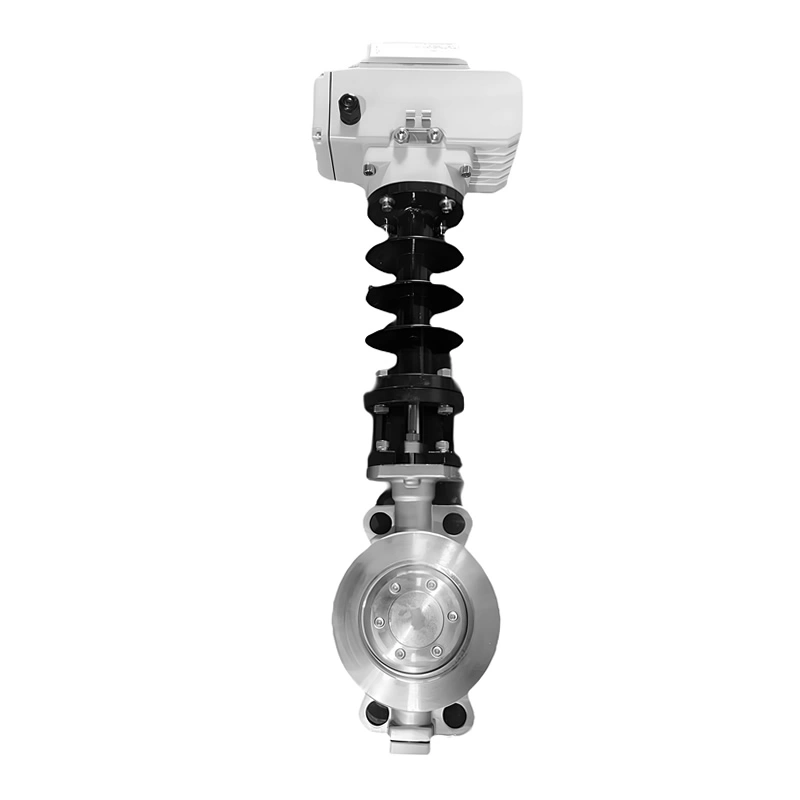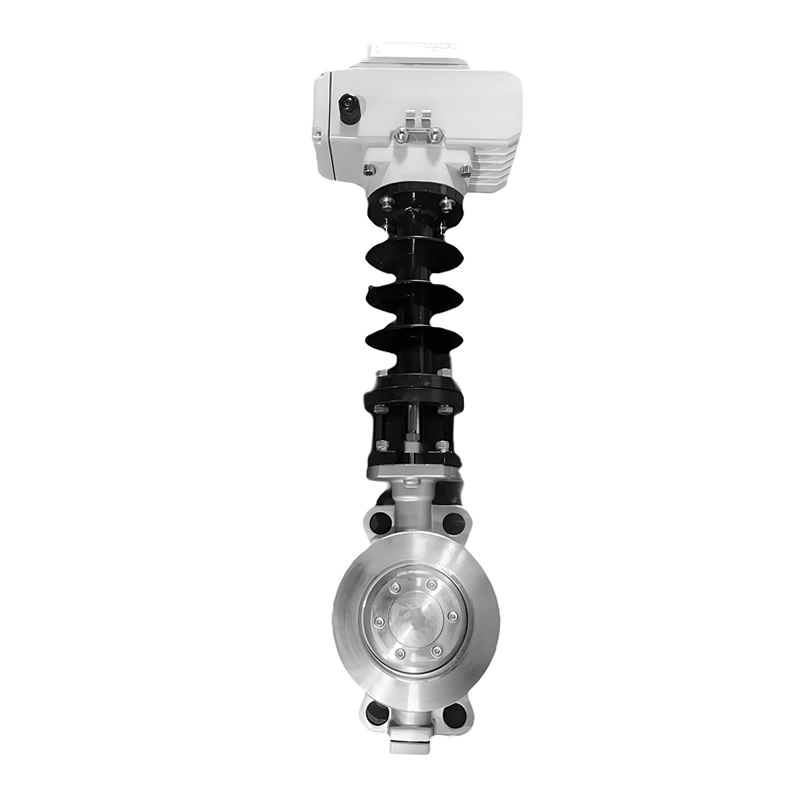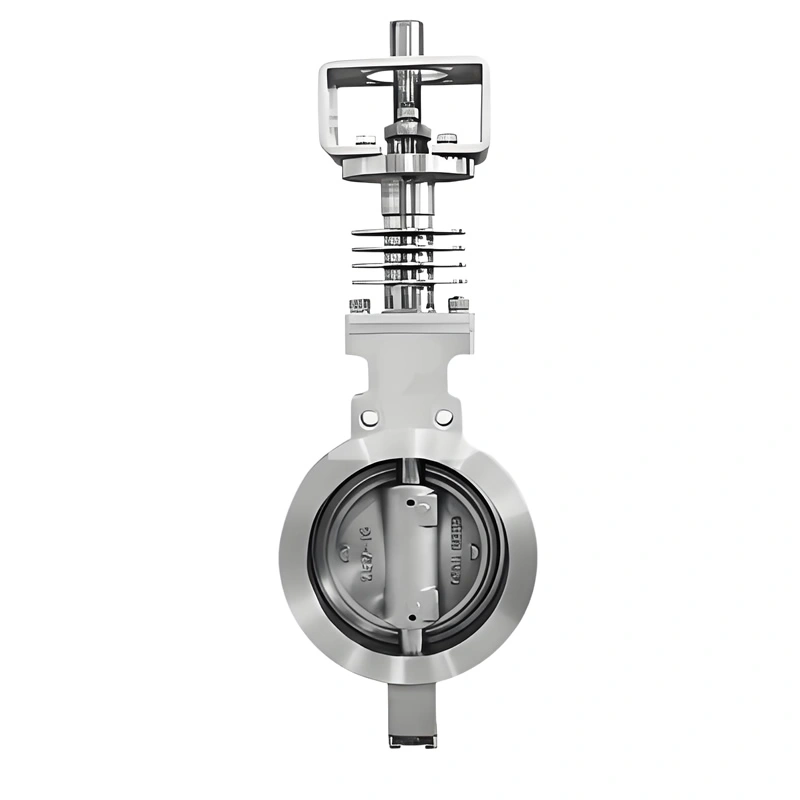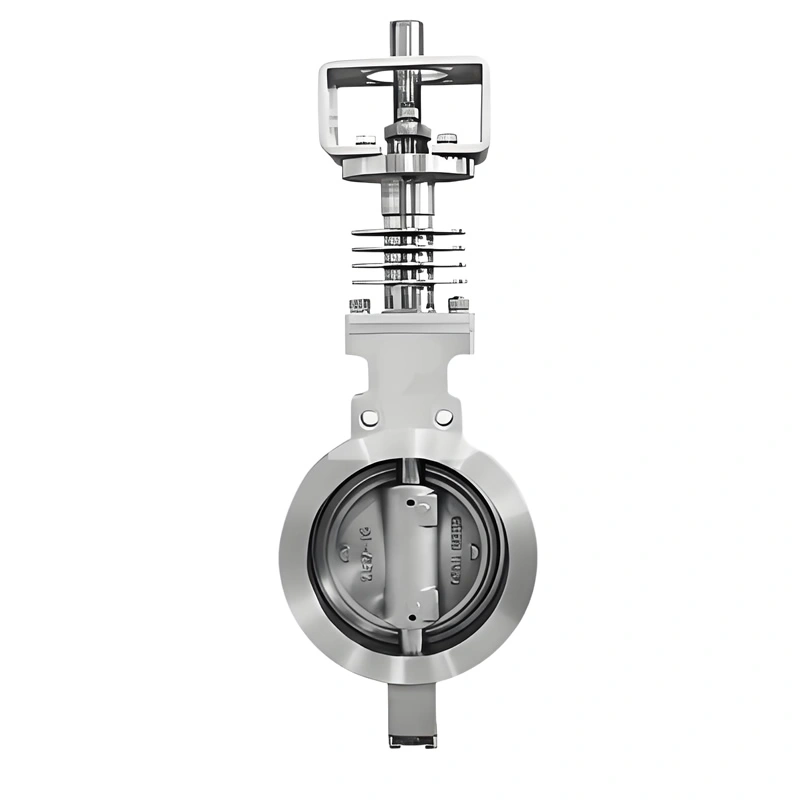- DN50 ~ DN300
- Class 150 ~ 600
- -30°C ~ +800°C
- API 6D, ASME B16.34, ISO 10497
- Metal-to-metal (ANSI/FCI Class V)
- Water, Steam, Oil, Gas, Molten salt
Specification
DN100 Class 300 310S Metal Seal Heat Sink High-Temperature Ball Valve
I. Product Overview
Newway DN100 Class 300 310S metal seal heat sink high-temperature ball valve is a high-performance flow control solution engineered for extreme high-temperature industrial systems. Built with 310S stainless steel—renowned for exceptional heat resistance—and integrated with a metal-to-metal sealing structure and efficient heat sink design, it delivers reliable shut-off and regulation in environments where media temperatures exceed standard valve limits. Ideal for metallurgy, chemical synthesis, and power generation, it balances thermal stability, pressure endurance, and leak-tight performance, ensuring consistent operation in pipelines conveying high-temperature gases, molten media, and superheated fluids.
II. Key Attribute Parameters
Size: DN100 (4″), optimized for medium-diameter high-temperature pipelines requiring precise flow control.
Pressure Range: Class 300 (5.0MPa), designed to withstand moderate to high pressure in high-temperature process loops.
Temperature Range: -30℃ ~ 800℃, validated for stable operation in extreme thermal environments, from cryogenic pre-heating to ultra-high-temperature media (e.g., molten salt, flue gas).
Material Configuration:
Body & Bonnet: 310S stainless steel (ASTM A182 F310S), a high-nickel-chromium alloy (Cr25-28%, Ni19-22%) with superior oxidation resistance at 800℃+ and high-temperature strength.
Ball & Seat: 310S with Stellite 6 coating (hardness 58-62HRC), enhancing wear and corrosion resistance under abrasive high-temperature media.
Stem: 310S with surface nitriding, preventing galling and ensuring smooth operation under thermal expansion.
Heat Sink: Aluminum bronze (C95400) fins, welded to the bonnet for efficient heat dissipation.
Connection Type: Flanged (RF/RTJ per ASME B16.5), ensuring tight integration with high-temperature pipeline systems.
Actuation: Manual gear-operated (heat-insulated handwheel) with optional pneumatic/electric actuators (high-temperature rated to 200℃ ambient).
Design Standards: API 6D, ASME B16.34, ISO 10497 (fire-safe compliant).
III. Structural Features
310S Alloy Construction: The Body、bonnet, and internals are forged from 310S, a material engineered to retain strength at 800℃+ without brittle fracture. Its high chromium content forms a dense oxide layer, resisting sulfidation and carburization in high-temperature gas environments (e.g., industrial furnace flue gas).
Integrated Heat Sink: Aluminum bronze fins (thickness 4mm, spacing 12mm) are circumferentially welded to the bonnet, increasing heat dissipation area by 60% compared to standard designs. This structure reduces bonnet surface temperature by 150℃+ when handling 800℃ media, protecting stem packing from thermal degradation.
Metal-to-Metal Hard Seal: Ball and seat surfaces undergo precision lapping to Ra ≤0.2μm, with Stellite 6 coating applied via plasma spraying (thickness 0.4-0.6mm). The sealing pair maintains uniform contact under thermal expansion, achieving ANSI/FCI Class V leakage (≤0.001% of flow) even at 800℃, eliminating risks of hazardous media escape.
Anti-Blowout Stem: A one-piece stem with a retention shoulder prevents ejection under high pressure and thermal expansion, enhanced by graphite packing with Inconel wire mesh reinforcement—resistant to 650℃+ to maintain stem sealing integrity.
Flow-Optimized Ball: The ball’s streamlined bore minimizes pressure drop and turbulence, reducing erosion from high-velocity high-temperature media (e.g., superheated steam at 600℃).
Product Overview
IV. Manufacturing Processes
310S Forging & Heat Treatment: Forged 310S components undergo solution annealing (1150℃ ±20℃, water quenching) to dissolve carbide precipitates, enhancing high-temperature ductility and corrosion resistance. Ultrasonic testing ensures no internal defects in critical load-bearing parts.
Heat Sink Integration: Aluminum bronze fins are TIG-welded to the bonnet with Inconel 625 filler metal, ensuring compatibility with 310S at high temperatures. Welds are inspected via dye penetrant testing to prevent heat transfer inefficiencies.
Seal Surface Finishing: Ball and seat are ground with diamond abrasives to achieve Ra ≤0.2μm, then lapped together under 500N pressure to ensure 100% contact. Stellite 6 coating is post-polished to maintain surface smoothness, critical for low-leakage performance.
Performance Testing:
High-Temp Pressure Test: Valve body tested at 1.5×Class 300 (7.5MPa) with 800℃ media circulation for 2 hours, verifying structural integrity.
Leakage Test: Helium leak detection at 0.6MPa confirms leakage rate ≤1×10⁻⁹ Pa·m³/s across the metal seal.
Thermal Cycling Test: 500 cycles of -30℃ to 800℃ to validate material and seal stability under extreme temperature fluctuations.




